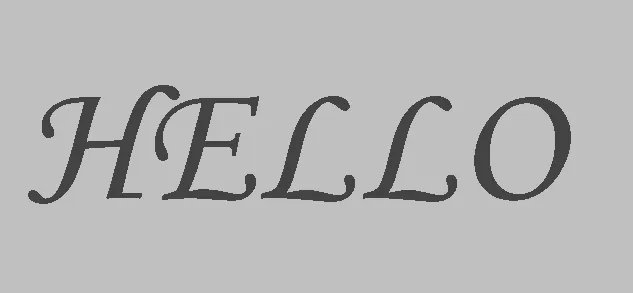SVG滤镜会栅格化它们的源图像,这意味着被过滤的文本不会进行抗锯齿处理,从而导致边缘的锯齿状。
有没有解决方法?也许可以使用另一个过滤器来模拟抗锯齿效果,或者我可以在应用过滤器之前对文本进行抗锯齿处理?
相关滤镜:
<filter id="f">
<feGaussianBlur in="SourceGraphic" stdDeviation="0" result="blur" />
<feColorMatrix
in="blur"
mode="matrix"
values="1 0 0 0 0
0 1 0 0 0
1 0 1 0 0
0 0 0 15 -8"
result="goo"
/>
<feComposite in="SourceGraphic" in2="goo" operator="atop" />
</filter>


<text>上看到锯齿状边缘。 在低PPI屏幕上更加明显。 - aleclarson